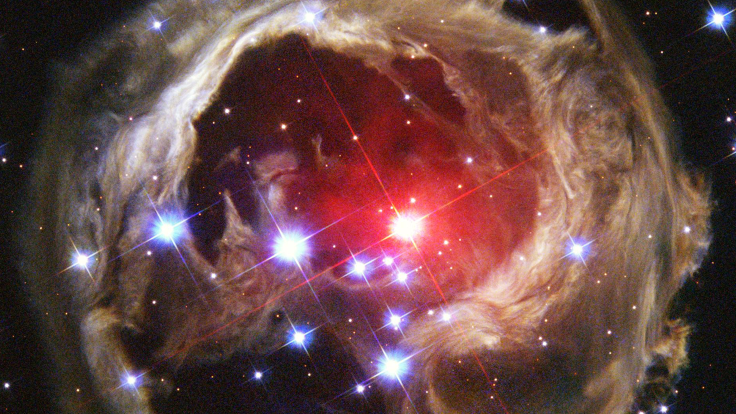
When an unknown object from the depths of interstellar space tumbles through our cosmic neighbourhood, it is bound to capture our imagination. Named 3I/ATLAS and officially designated C/2025 N1 (ATLAS), The sudden appearance of a visitor from another star system inevitably sparks debate and, for some, hopes of a first contact. The third such object ever discovered, 3I/ATLAS, is no different.
Despite sensational claims that 3I/ATLAS may be an alien spaceship, a wealth of scientific observation confirms a far more natural, and arguably more fascinating, origin. This is not a probe from a distant corner of the Milky Way; the evidence overwhelmingly shows it is a comet.
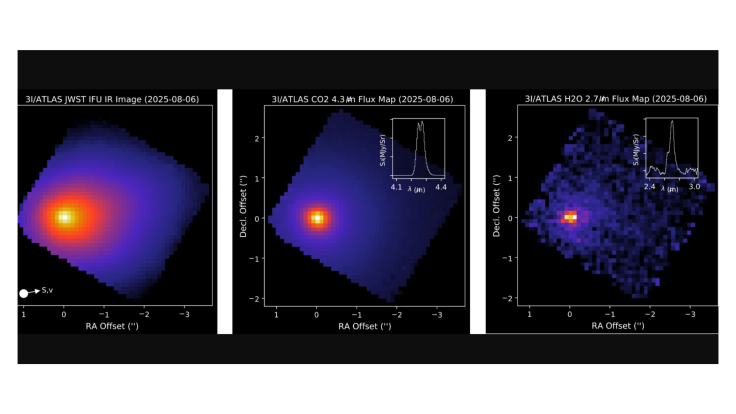
The Unmistakable Appearance of Comet 3I/ATLAS
The most compelling evidence for the comet's identity is its appearance. Observations, including those from Gemini South as part of the NOIRLab educational observing programme, have revealed a distinct coma and tail.
These are not mere cosmetic flares or tricks of the light; they are the telltale features of a true comet. They serve as physical manifestations of volatile materials—gases and water molecules—vaporising as the comet is heated by the Sun on its journey into the inner Solar System.
Comets are essentially cosmic snowballs, containing ices like water, carbon dioxide, and ammonia. As they approach our star, these ices sublimate, turning directly from a solid into a gas.
This process releases dust that was trapped within the ice, forming the glowing coma (the fuzzy 'atmosphere' around the comet's nucleus) and the iconic, sweeping tail. Even a quick glance at these features easily distinguishes 3I/ATLAS from a rocky asteroid, which would lack the necessary icy composition to produce such a display.
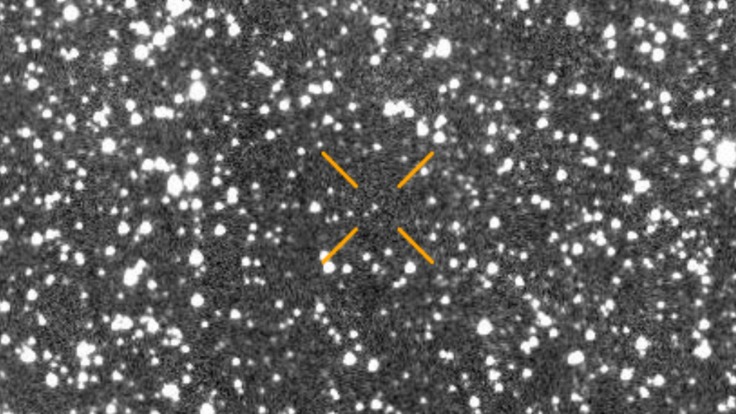
Charting the Predictable Path of Comet 3I/ATLAS
Beyond its appearance, the behaviour of 3I/ATLAS is perfectly aligned with that of a natural comet. Its trajectory shows no sign of non-gravitational forces at play. There is no thrust and there are no artificial course changes; its motion is governed simply by its initial trajectory and the immense gravitational pull of the Sun.
Discovered on July 1, 2025, it is moving on an extremely hyperbolic orbit with an eccentricity of approximately 6.1, confirming its unbound nature. If this were an intelligently designed probe, we would expect to see a much different flight plan. It would likely be a clear object, not one obscured by a cloud of dust and ice. Furthermore, an alien craft would probably steer closer to planets for observation. Instead, 3I/ATLAS is simply coasting through space, reflecting sunlight as it passes by, just as any natural object would.
It made its closest approach to the Sun (perihelion) on October 29, 2025, at a distance of 1.36 Astronomical Units (AU), and its closest approach to Earth occurred on December 19, 2025, at a safe distance of 1.8 AU.
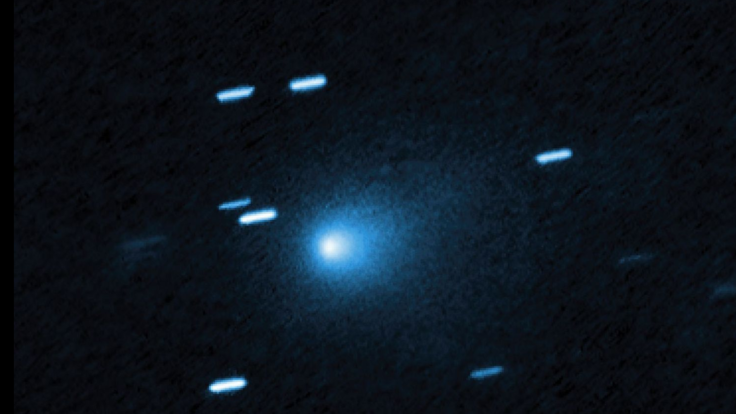
Reading the Chemical Story of Comet 3I/ATLAS
The chemistry of 3I/ATLAS tells the same story. Spectroscopy, one of an astronomer's most powerful tools, allows us to determine the chemical makeup of distant objects. Recent observations using the Very Large Telescope (VLT) and the James Webb Space Telescope (JWST) detected key molecules including carbon monoxide, cyanogen (CN), and, surprisingly, nickel (Ni).
While the specific chemical mix in 3I/ATLAS is slightly different, notably its high ratio of carbon dioxide to water vapor, which is one of the highest ever seen in a comet, these variations are not evidence of alien engineering. Instead, they likely reflect the tantalising differences in the environment and chemical composition of its home star system compared to ours.
What Comet 3I/ATLAS Reveals About Our Galaxy
Confirming that 3I/ATLAS is a natural comet makes it an invaluable opportunity for science. It offers a rare glimpse into the chemistry of another star system's outer regions. By comparing its composition to our comets, astronomers can test models of how planetary systems form and determine whether our Solar System is typical or unique among the galaxy's hundreds of billions of stars.
This visitor could be billions of years older than our Solar System, formed around a star born long before our Sun. If so, it would have originated when the galaxy was less enriched with the heavy elements forged in successive generations of stars.
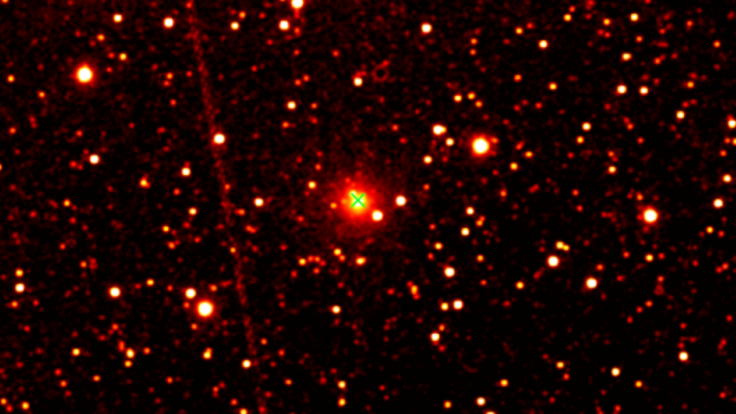
By studying this ancient interstellar traveller, we can unlock insights into the early galaxy, making the most of this rare encounter without needing to invoke exotic explanations. Every observation points to a natural object, reminding us that each interstellar comet is a precious window into another corner of the cosmos.
While the idea of an alien probe is thrilling, the reality of Comet 3I/ATLAS is a profound reminder that the universe is filled with natural wonders that are just as captivating. This interstellar messenger provides a rare and precious sample from a distant star system, offering clues to the formation of planets and the history of our galaxy. The journey of 3I/ATLAS is not a story of extraterrestrial engineering, but a testament to the vast, interconnected nature of the cosmos.
Don't let the conversation end here. Share this article to debunk the myths and dive deeper into the real science by following the latest discoveries from the NOIRLab and the Very Large Telescope programmes.







